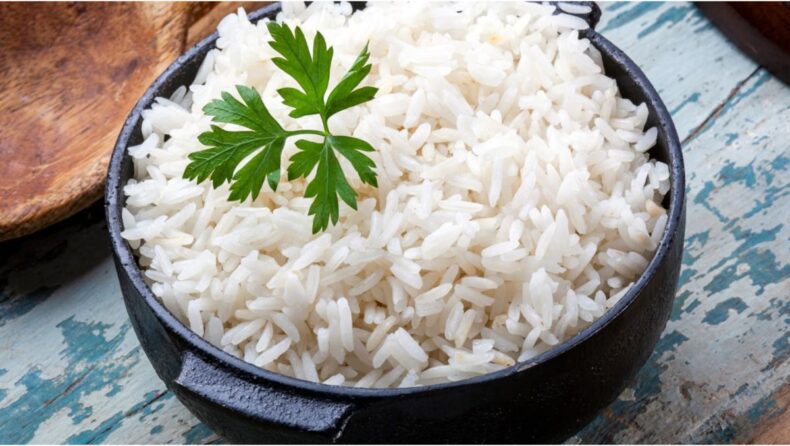In late July, the Indian government implemented an unexpected ban on the export of non-basmati white rice, leaving the world rice market in turmoil. The move, aimed at stabilizing domestic prices and ensuring availability, has sent shockwaves throughout the rice-consuming nations, including the United States. This article explores the repercussions of India’s rice export ban, its global impact, and how it affects US consumers and rice producers.
Table of Contents
The Ban’s Global Impact
Understanding the Ban’s Motivation
India’s decision to halt non-basmati white rice exports came into effect on July 20, raising concerns about its impact on the global rice market. The Indian government’s rationale behind the ban was to lower rice prices domestically and secure an adequate rice supply within its borders.
The Panic in Asian Markets
The ban, coupled with previous export restrictions, has created widespread panic in Asian markets. India plays a crucial role in the global rice trade, accounting for nearly 40% of it. As a result, there are growing concerns about food inflation, particularly in countries heavily reliant on Indian rice imports. Nations like the Philippines, Malaysia, Vietnam, Nigeria, Ivory Coast, and Senegal are among those most vulnerable to the ban’s repercussions.
Heightened Food Insecurity
Experts warn that the ban heightens food insecurity globally. It comes on the heels of rising rice prices due to factors like the devastating floods in Pakistan. Furthermore, the El Niño weather pattern poses a potential threat to rice production, exacerbating supply concerns.
US Rice Industry: A Different Perspective
US Rice Production in Good Shape
In contrast to the turmoil in global markets, the United States is in a favorable position regarding rice production. The country has experienced a successful rice harvest this year, with good yields. This domestic production predominantly caters to the US market’s demand.
Limited Impact on US Consumers
The impact of the Indian ban on the US is relatively limited. The US primarily imports specialty and fragrant rice varieties, such as arborio, jasmine, and basmati rice. These varieties constitute only a small portion of the rice consumed in the United States, estimated at less than 2.5% of total rice imports.
Challenges in the Specialty Rice Market
Importers and Distributors Hit Hard
While the overall US rice industry remains robust, importers and distributors of non-basmati Indian rice in the specialty market face significant challenges. This niche market caters to specific communities with preferences for Indian rice varieties. The ban has disrupted the supply chain, impacting businesses and consumers alike.
Searching for Alternatives
To mitigate the impact of the ban, importers are actively exploring alternatives. One such option is parboiled rice, which remains unaffected by the Indian export ban. Additionally, importers are hopeful for exemptions for non-basmati rice varieties popular among expat communities.

Consumer Reactions and Retailer Responses
Panic-Buying in Some Stores
News of the Indian export ban led to a surge in panic-buying among consumers in certain US grocery stores. Shoppers rushed to stock up on Indian rice varieties, fearing potential shortages.
Retailers Encourage Calm
In response, retailers have sought to reassure consumers. They are actively working to manage the situation, urging shoppers not to hoard rice. These efforts aim to prevent undue disruptions in the rice market and ensure a steady supply of rice for US consumers.
Navigating the Global Rice Market Uncertainties
India’s abrupt ban on non-basmati white rice exports has sent tremors through the world rice market. As nations grapple with the repercussions of this decision, the United States stands as a beacon of stability in its domestic rice production. While the ban has disrupted the specialty rice market catering to specific communities, importers are actively seeking alternatives. Retailers, in turn, are working diligently to provide reassurance to consumers and maintain a steady supply of rice. The global rice market remains uncertain, with the hope that supply chains will adapt and stabilize in the face of this unexpected challenge.













